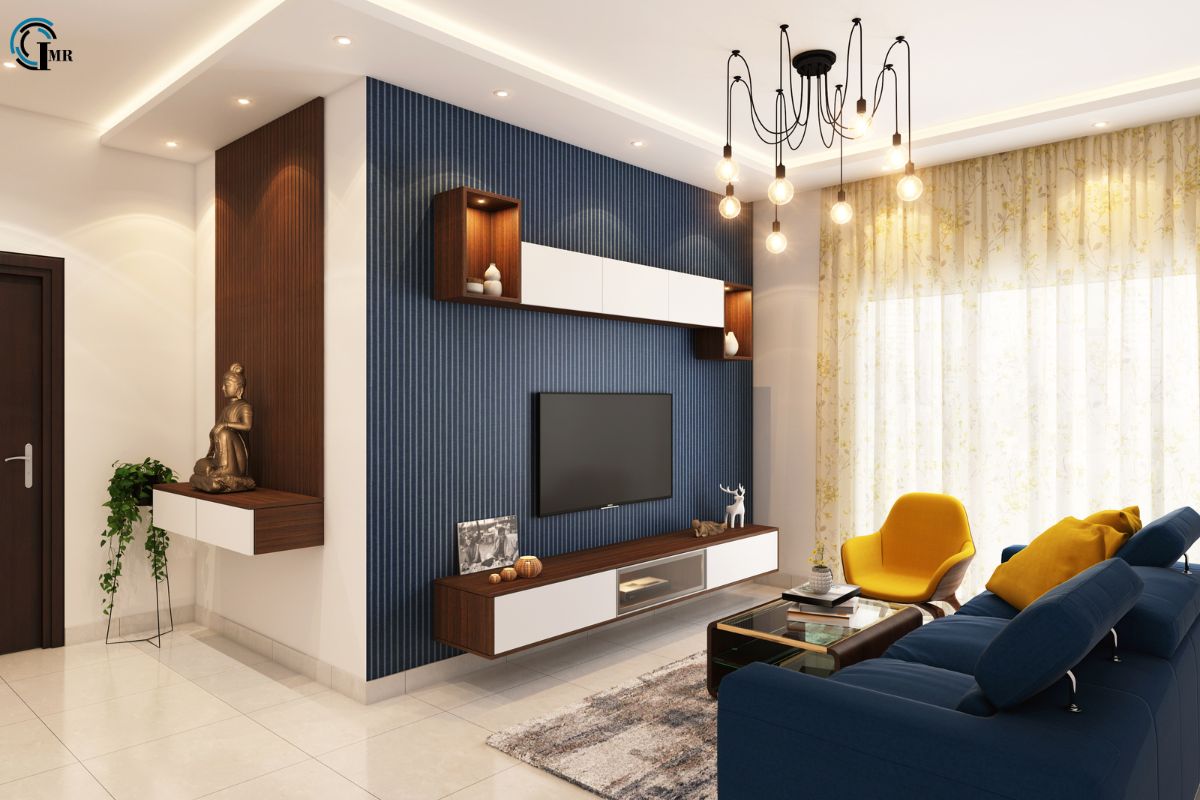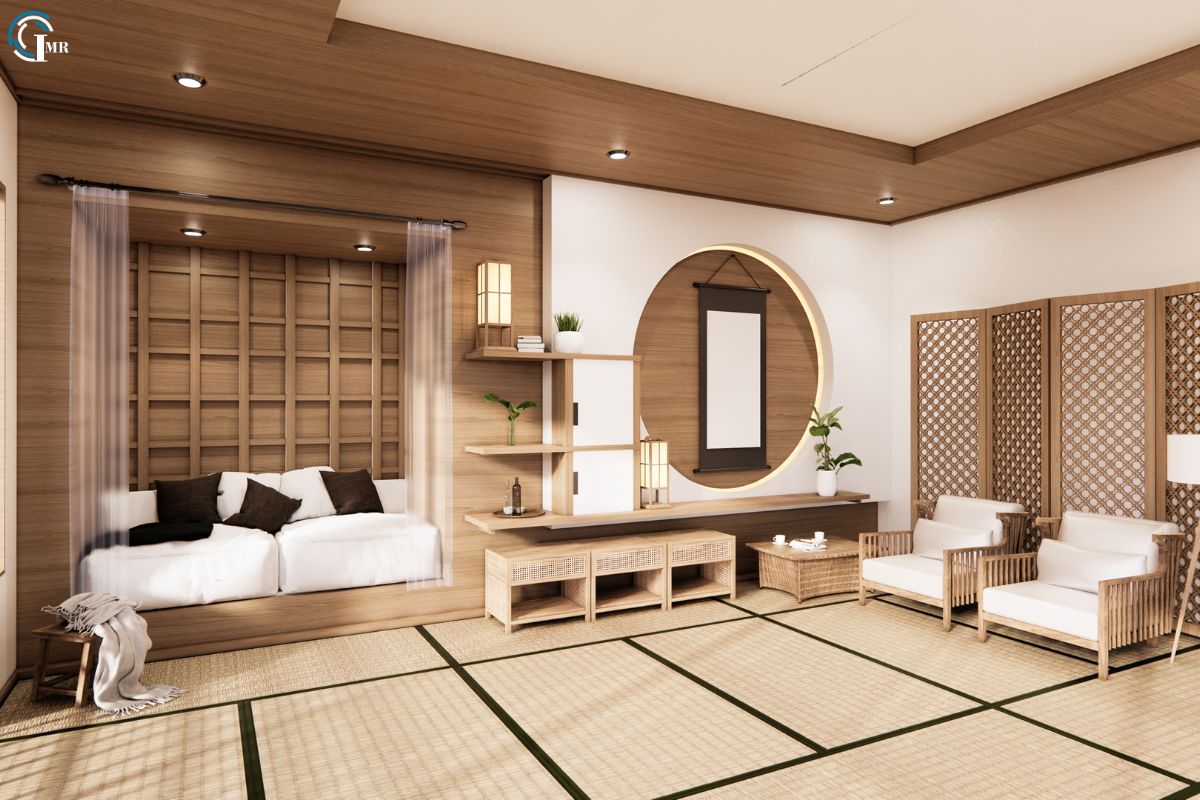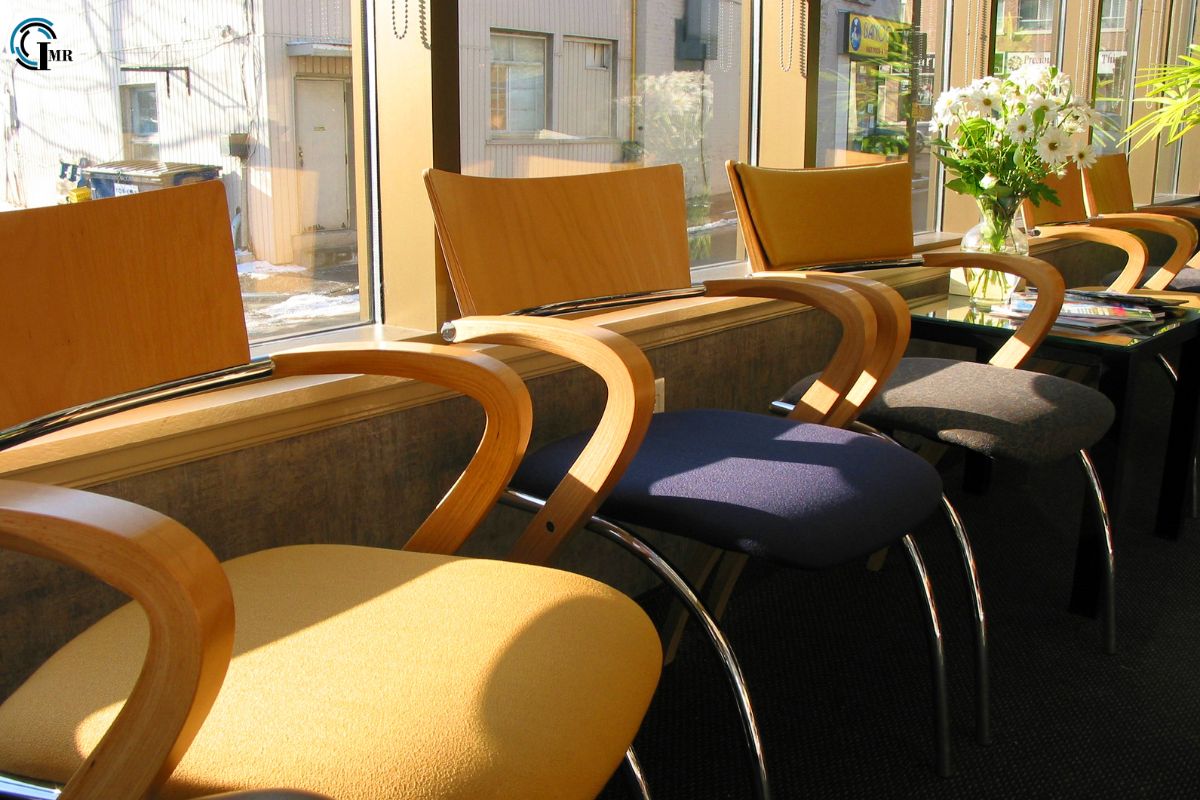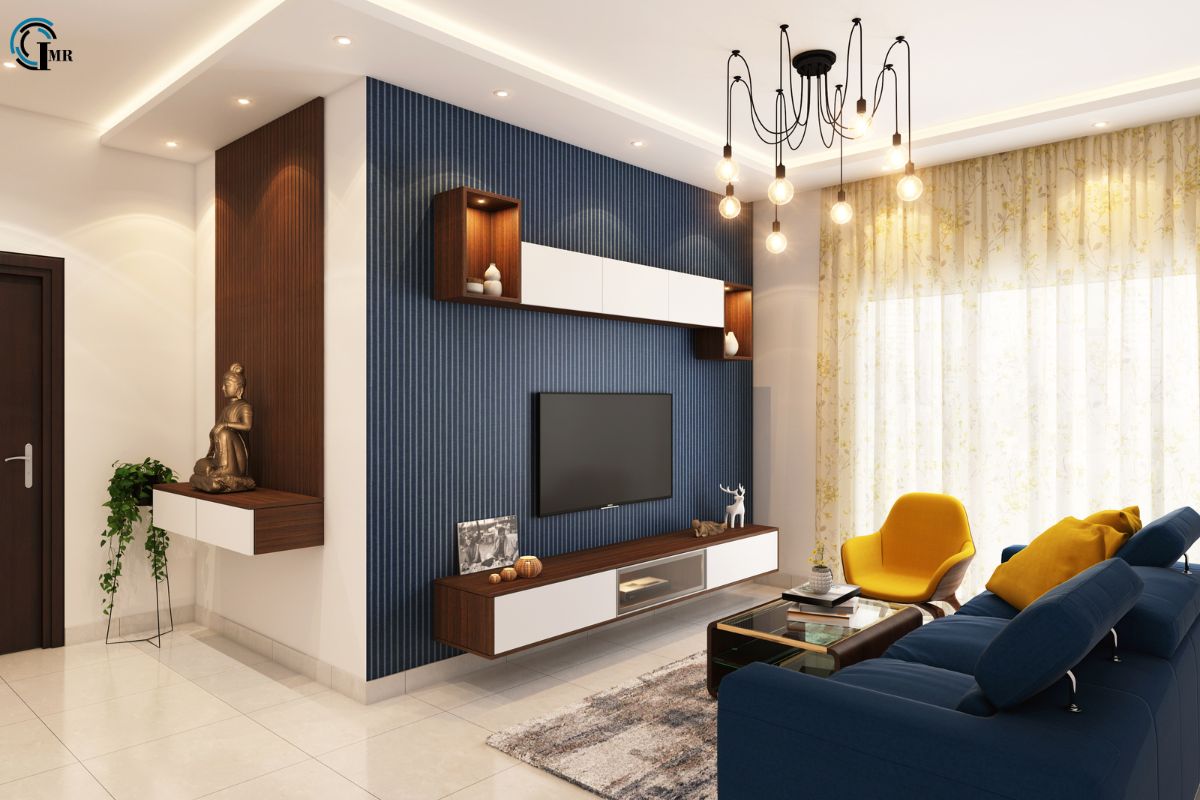7 Principles Of Interior Design

Interior design is an art that combines aesthetics, functionality, and psychology to create spaces that are not only visually pleasing but also comfortable and practical. Whether it’s a cozy home, a bustling office, or a serene public space, the principles of interior design play a crucial role in shaping the experience of those who inhabit these environments.
Here, we will explore the seven core principles of interior design that guide designers in creating harmonious and balanced spaces.
1. Balance
Balance in interior design refers to the distribution of visual weight within a space to achieve a sense of equilibrium. There are three types of balance that designers typically consider: symmetrical, asymmetrical, and radial.
Symmetrical Balance
Symmetrical balance is achieved when elements on either side of a central axis are identical or very similar. This type of balance is often found in traditional and formal interiors where a sense of order and stability is desired. For instance, placing two identical sofas facing each other with a coffee table in between creates a symmetrical balance.
Asymmetrical Balance
Asymmetrical balance is more dynamic and less predictable than symmetrical balance. Interior Design is achieved by arranging dissimilar elements in a way that still achieves visual equilibrium. For example, a large piece of artwork on one side of a wall can be balanced by a group of smaller artworks on the opposite side. Asymmetrical balance adds interest and movement to a space without being chaotic.
Radial Balance
Radial balance involves elements arranged around a central point, radiating outwards. This type of balance is less common but can be very effective in creating focal points and emphasizing circular or spiral patterns. Examples include a round dining table with chairs evenly spaced around it or a spiral staircase.
2. Rhythm

Rhythm in interior design refers to the repetition or alternation of elements to create visual interest and a sense of movement. It is like the beat in music that guides the flow of a space. There are several techniques to achieve rhythm:
Repetition
Repetition involves using the same element multiple times in a space. This could be repeating colors, patterns, textures, or shapes. For instance, a series of pendant lights hanging at equal distances creates a rhythmic pattern that draws the eye along the length of the space.
Alternation
Alternation introduces a sequence of two or more different elements in a regular pattern. This can create a dynamic and engaging visual effect. An example would be alternating different colored tiles in a bathroom to create a checkered pattern.
Progression
Progression involves a gradual increase or decrease in size, color, or shape of elements. This technique can guide the eye through a space in a deliberate manner. For example, a series of shelves that gradually increase in height can create a sense of upward movement.
3. Emphasis
Emphasis in interior design is on creating a focal point that draws attention and anchors the space. This principle ensures that certain areas or elements stand out, providing a visual resting place for the eye. There are various ways to create emphasis:
Focal Points
A focal point is a dominant feature that captures attention, such as a fireplace, a large piece of artwork, or a striking piece of furniture. The focal point should be the first thing noticed when entering a room and should be complemented by other elements that enhance its prominence.
Contrast

Contrast is used to make the focal point stand out by placing it against a background that highlights its unique qualities. For instance, a brightly colored chair against a neutral wall or a textured rug on a smooth floor can create effective contrast.
Placement
Strategic placement of elements can also create emphasis. Placing a statement piece in the center of a room or aligning it with architectural features can draw attention and create a sense of importance.
4. Proportion and Scale
Proportion and scale are crucial principles of interior design that deal with the size and relationship of elements within a space. Proper proportion ensures that elements relate harmoniously to one another, while scale ensures that elements fit well within the overall space.
Proportion
Proportion refers to the relationship between the sizes of different elements in a space. It ensures that all parts of a design relate well to each other and to the whole. For example, in a living room, the size of the furniture should be proportionate to the size of the room and to each other. A small coffee table would look out of place next to an oversized sofa.
Scale
Scale refers to the size of an object in relation to the space it occupies. Proper scaling ensures that furnishings and décor do not overwhelm or get lost within a room. For instance, a grand chandelier might be appropriate in a large, high-ceilinged foyer, but it would overwhelm a small dining room.
5. Harmony and Unity
Harmony and unity are about creating a sense of cohesion and consistency within a space. Principles of Interior Design ensure that all elements in a room work together to create a unified look.
Harmony
Harmony is achieved when different elements of design work together to create a pleasing and consistent whole. This involves using colors, textures, and patterns that complement each other. For example, using a consistent color palette throughout a room can create a harmonious feel.
Unity

Unity refers to the repetition of particular elements throughout a space to pull it together. This could be achieved through the use of a recurring theme, color, or material. For instance, repeating a specific accent color in cushions, rugs, and artwork can create unity.
6. Contrast
Contrast is about highlighting differences to create visual interest and drama. It involves juxtaposing different elements, such as colors, shapes, textures, and styles, to create a dynamic and engaging space.
Color Contrast
Color contrast can be achieved by using complementary colors (colors opposite each other on the color wheel) to create vibrant and eye-catching combinations. For instance, pairing blue with orange or yellow with purple can create a striking contrast.
Shape and Form Contrast
Contrasting shapes and forms can add interest and dimension to a space. For example, pairing a round coffee table with a rectangular sofa or a sleek, modern chair with a vintage, ornate mirror can create an intriguing contrast.
Texture Contrast
Texture contrast involves combining different materials to add depth and tactile interest. Mixing smooth and rough textures, such as a glass table with a wool rug or a leather sofa with a knitted throw, can create a rich and layered look.
7. Details
Attention to detail is a key principles of interior design that involves focusing on the finer points that complete and enhance a space. Details can elevate a design from good to exceptional by adding character, personalization, and refinement.
Architectural Details
Architectural details, such as moldings, trim, and hardware, can significantly impact the overall look and feel of a space. Thoughtfully chosen and well-crafted details can add sophistication and style.
Furnishings and Accessories
The choice of furnishings and accessories plays a crucial role in defining the personality of a space. From furniture and lighting to artwork and decorative objects, each piece should be carefully selected to contribute to the overall design.
Finishing Touches
Finishing touches, such as textiles, plants, and personal items, add warmth and individuality to a space. These elements bring life and character to a room, making it feel inviting and lived-in.
Conclusion
The seven principles of interior design—balance, rhythm, emphasis, proportion and scale, harmony and unity, contrast, and details—serve as the foundation for creating aesthetically pleasing and functional spaces. By understanding and applying these principles, designers can craft environments that not only look beautiful but also enhance the quality of life for those who inhabit them. Whether you are redesigning a single room or an entire home, keeping these principles in mind will help you achieve a cohesive and harmonious principles of interior design interior design.





Comments